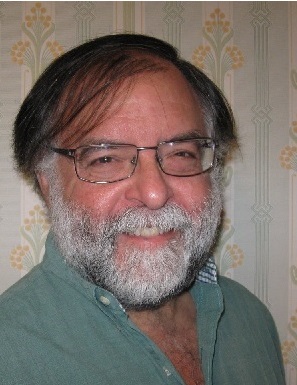About
14 August 2018
The Optical Society Names 2018 C.E.K. Mees Medal Recipient
14 August 2018
The Optical Society Names 2018 C.E.K. Mees Medal Recipient
WASHINGTON—The Optical Society (OSA) is pleased to name Stanley Whitcomb, of the LIGO (Laser Interferometer Gravitational-Wave Observatory) Laboratory, California Institute of Technology, USA, the 2018 C.E.K. Mees Medal recipient. Whitcomb is recognized for pioneering, interdisciplinary contributions to the development of LIGO gravitational-wave interferometers.
The award, established in 1961 in memory of C. E. K. Mees by his family, recognizes an original use of optics across multiple fields. Mees contributed preeminently to the development of scientific photography, and he was a charter member of OSA. In 1912, he created Kodak Research Laboratories at Eastman-Kodak in Rochester, N.Y., USA, and served as its first director.
Whitcomb was most recently Chief Scientist of the LIGO Laboratory at Caltech. He received his undergraduate education at Caltech in 1973, had one year of graduate study at Cambridge University, U.K., before completing his Ph.D. at the University of Chicago in far-infrared and submillimeter astronomy in 1980. He returned to Caltech in 1980, near the beginning of Caltech’s entry into the field of gravitational wave detection. He is a Fellow of the American Physical Society and of The Optical Society.
|
|
Whitcomb’s research has been focused on the development of LIGO, the detection of gravitational waves, and their use as a tool for astronomy and physics. He has been involved in nearly every aspect of the development of LIGO—concept development, prototype sensitivity demonstration, detector design and installation, commissioning, data analysis, and management. After thirty-five years of development and construction, LIGO detected its first gravitational wave in late 2015, from the inspiral and merger of a pair of black holes.
“The detection of gravitational waves via the LIGO gravitational-wave interferometers would not have been possible without the visionary work of Dr. Whitcomb,” says Award Selection Committee Chair, Aydogan Ozcan, University of California Los Angeles, USA.
“Detecting gravitational waves has vindicated a long-standing theoretical prediction of General Relativity, and, at the same time, given astronomers and astrophysicists a powerful new scientific instrument for other fundamental research,” says OSA President Ian Walmsley, who is Hooke Professor of Experimental Physics at University of Oxford, UK. “Dr. Whitcomb’s work has contributed significantly to realizing this new kind of observatory.”
About The Optical Society
Founded in 1916, The Optical Society (OSA) is the leading professional organization for scientists, engineers, students and business leaders who fuel discoveries, shape real-life applications and accelerate achievements in the science of light. Through world-renowned publications, meetings and membership initiatives, OSA provides quality research, inspired interactions and dedicated resources for its extensive global network of optics and photonics experts. For more information, visit osa.org.
Media Contacts
mediarelations@osa.org
Media Contact

